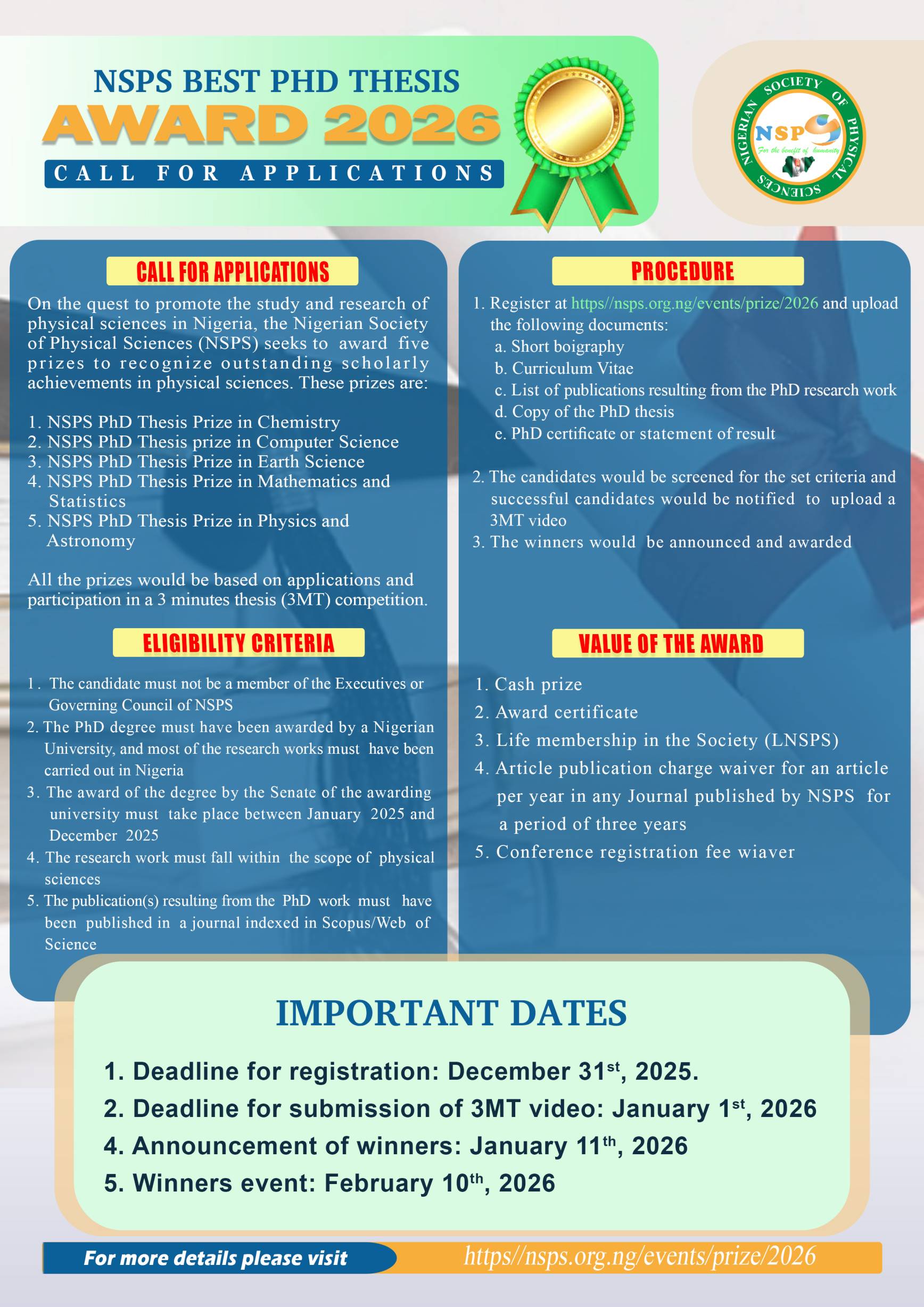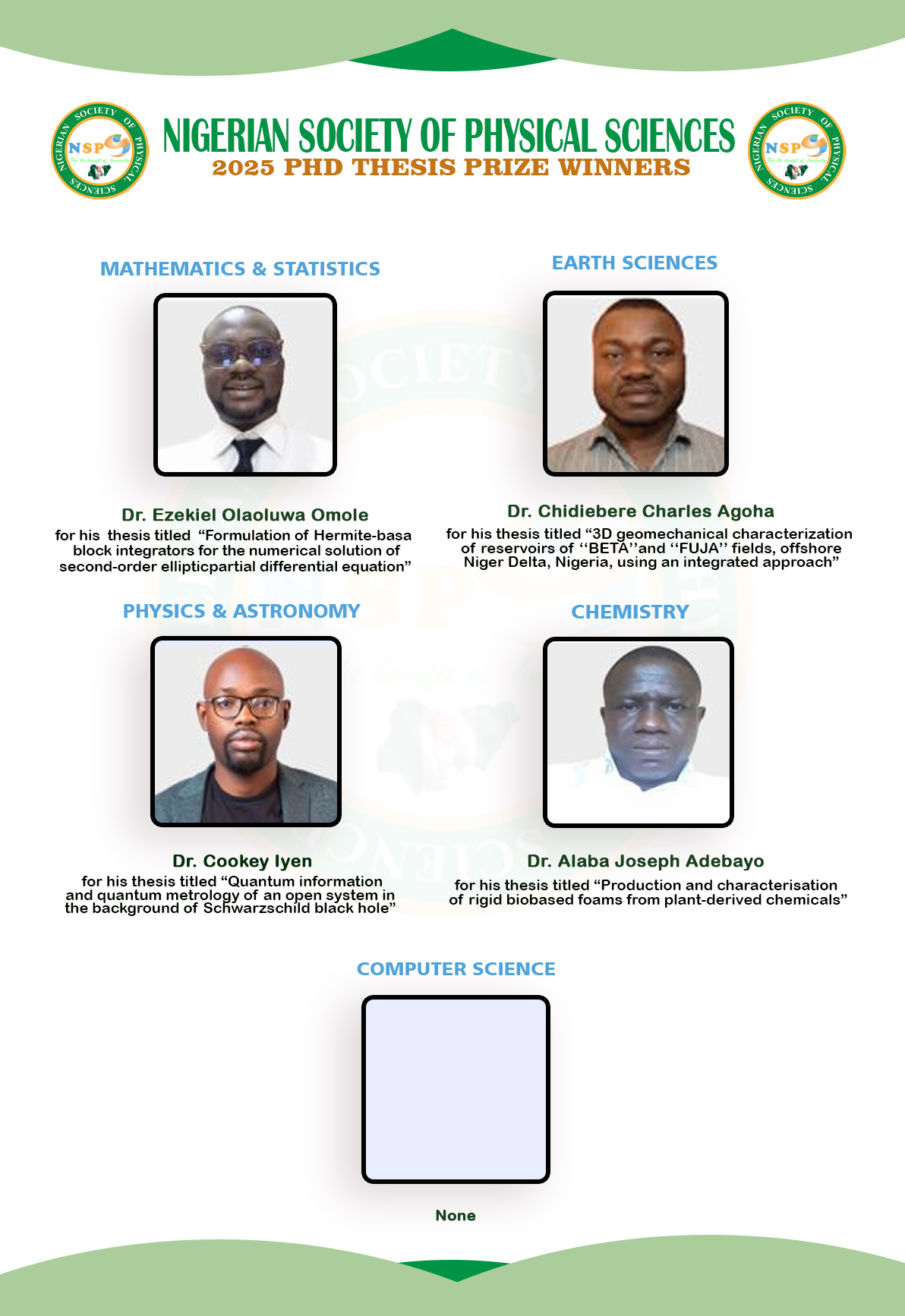Relativistic correction on bottomia within the gaussian basis function method
Keywords:
Bottomia, Bound state, Hyperbolic potentialAbstract
In this theoretical research to describe the latest experimental results from the Large Hadron Collider, Belle II, and heavy-ion collisions obtained in high-energy hadronic physics, we include relativistic corrections to improve predictions of the mass spectra of Bottomia resonance states using the Gaussian basis function within the tanh-shaped hyperbolic plus a linear confinement potential in the framework of nonrelativistic and relativistic quantum mechanics under the Schrödinger equation. The relativistic effects of bound states in high energy physics must be described within the framework of approximations or perturbation methods and specific relativistic equations, but in this paper, we provided a mathematically relativistic correction on the bound states mass spectrum; and considering the applied relativistic corrections to the Schrödinger equation using quantum mechanics and quantum field theory principles and high energy approximation. Also, we have helped predict and solve one of the most critical issues of resonance states in particle physics. Current theoretical work is focused on studying this problem for the mass spectra of Bottomia within the refined hybrid potential and based on the modified Schrödinger equation. The mass spectra results agree closely with the experimental and other theoretical data.

Published
How to Cite
Issue
Section
Copyright (c) 2025 Arezu Jahanshir, Jalil Naji (Author)

This work is licensed under a Creative Commons Attribution 4.0 International License.







